Automotive Glass
Glass is of especial importance in the automotive industry. In fact, the glass industry, due to its elegance and sensitivity, is considered as one of the most significant industries, because the nature of the industry necessitates high quality and safety. It is worth mentioning that when you buy a car, one percent of the amount you pay goes to the glass, which in itself is not a small amount. On the other hand, car glass is one of the parts whose price and quality are less discussed. However, you should bear in mind that car glass is one of the most important parts of a car that is used as insulation against sound, wind, and rain. Suppose your car is parked in the open and it is raining. What would happen if there was no glass?
In the following article, we asked a few questions from an expert in the glass industry; questions that were usually on the minds of our dear users, then we provided additional explanations so that you can fully understand the concept of automotive glass.


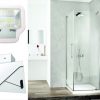
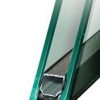

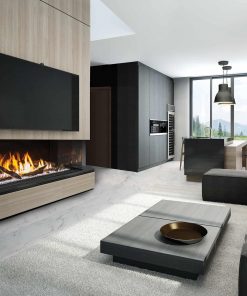
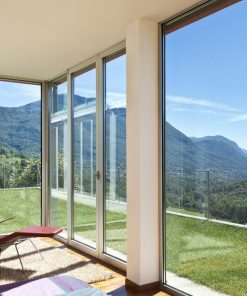
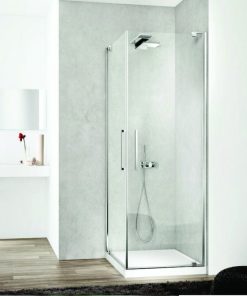




Reviews
There are no reviews yet.